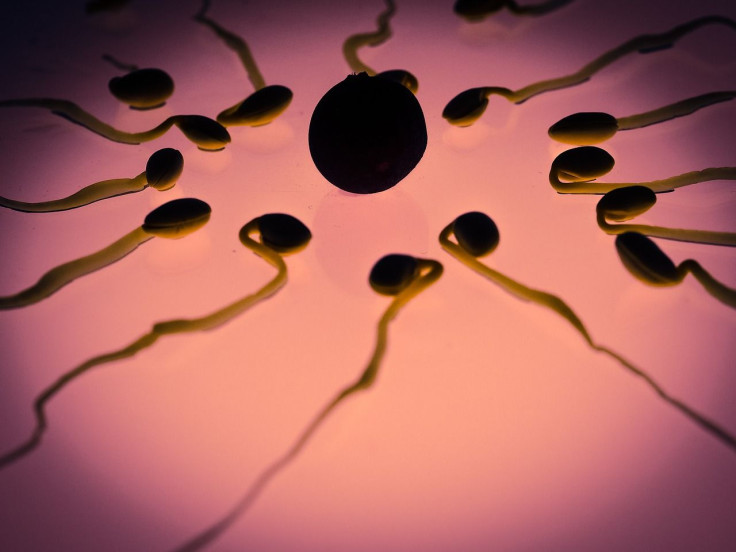New Study Contradicts Centuries-Old Belief About Sperm Movement, Says They 'Roll Like Otters'

KEY POINTS
- A new study using 3D microscopy says human sperm roll like 'playful otters' when they swim
- Researchers used state-of-the-art 3D microscopy and mathematics to prove this
- The corkscrew motion allows human sperm to regain asymmetry and move straight
Ever since the discovery of a compound microscope over three centuries ago, scientists have believed that human sperm swam by moving their tails from side to side. But it turns out they have been wrong. A new study using 3D microscopy says they have been victims of "sperm deception".
Researchers in the United Kingdom used state-of-the-art 3D microscopy and mathematics to prove this.
"Sperm are very cheeky little creatures. Our new research using 3D microscopy shows that we have all been victims of a sperm deception," the study author and head of the Polymaths Laboratory at the University of Bristol, Hermes Gadelha, told CNN.
"If you want to see the real beating of the tail, you need to move with the sperm and rotate with the sperm. So it's almost like you needed to make a (camera) really tiny and stick it to the head of the sperm," Gadelha added.
The research team used a super-high-speed camera that can record more than 55,000 frames per second. They were able to notice that the side-to-side movement was actually an optical illusion and their tails lash only on a single side.
Such a single-sided stroke should enable the sperm to swim in a perpetual circle. But the researchers found that the sperm were smarter than that. If they roll as they swim, similar to playful otters corkscrewing through water, such a single-sided stroke could "average itself out and they could swim forwards," Gadelha said.
Gadelha added that it is the rotation that allows human sperm to regain asymmetry and move straight. The team found that the sperm didn’t spin side to side but did in a corkscrew which counterbalanced its single-way whip of the tail similar to that of otters while they play in the water.
The researchers found this surprising and hence spent almost two years repeating the experiment and cross-checking the math.
Gadelha says the rolling motion hides some subtle aspects about the "sperm’s health." The team believes further research studies might help discover if the way the human sperm move might influence infertility or not.

© Copyright IBTimes 2025. All rights reserved.






















